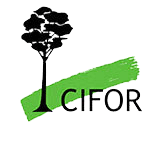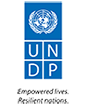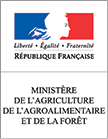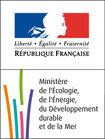Climate negotiators and environmentalists are increasingly recognizing the significant contribution of forest landscape restoration as the other half of the land-use toolbox in addressing global challenges under the UNFCCC. This is true both for the expected Paris Agreement and for ambitions set to be achieved before 2020.
This growing momentum was demonstrated at the UN Climate Summit in September 2014, when The New York Declaration of Forests endorsed the Bonn Challenge target to restore 150 million hectares by 2020, and even extended it to at least an additional 200 million hectares by 2030. Achieving this new goal of 350 million hectares could store up to 1.7 gigatonnes of CO2 equivalent annually.
As the Sustainable Development Goals emerge, food security remains an urgent global challenge. A New Climate Economy analysis found that achieving the expanded Bonn Challenge goal to restore 350 million hectares by 2030 could generate US$ 170 billion per year in net benefits from watershed protection, improved crop yields and forest products, alongside carbon sequestration.
Against this backdrop, the session will focus on:
- Experiences with / lessons learned from large-scale restoration
- Institutional, governance and biophysical challenges during project design and implementation
- Developing knowledge-support tools
- Financing mitigation and adaptation in agricultural landscapes.
- Policy, fiscal and legal reforms: taxation, subsidies, tariffs and perverse incentives
- Assessing the impact of investments on communities, livelihoods and ecosystems
- Assessing progress towards the Bonn challenge and other global restoration goals.
Specifically, speakers will outline:
- What counts and what does not count as ‘landscape restoration’
- Progress in implementation since the Bonn Challenge 2.0 event in March 2015
- Introduction to the 2030 Bonn Challenge target and linkages to the Sustainable Development Goals
- Experiences of the Global Environment Facility to date with implementing the GEF4-GEF6 portfolio
Country case studies will come from Guatemala and Brazil.
Key questions addressed
- Intended Nationally Determined Contributions (INDCs): What is the process of moving from a plan first to legal changes, then implementation? What was the initial seed for change and ambition?
- Pre 2020 ambition and closing the gap (Workstream 2): Is there a role for Forest Landscape Restoration? What’s the secret to (your) domestic leadership in action?
- In your experience working with degraded lands and decision-making at the (sub)national level(s), how did your thinking evolve from the planning stage through to implementation?
Background reading
Restoration Opportunities Assessment Methodology





































